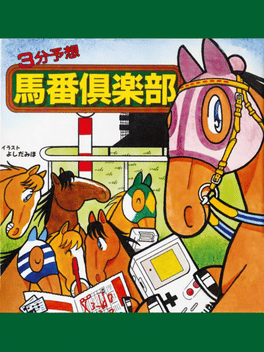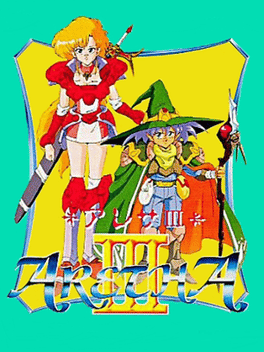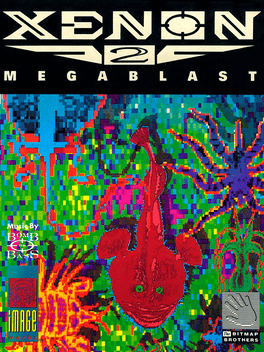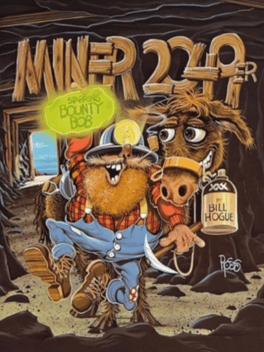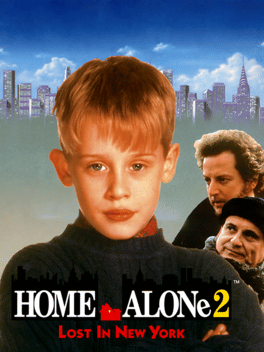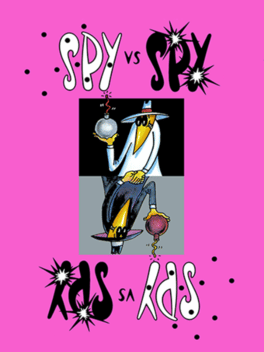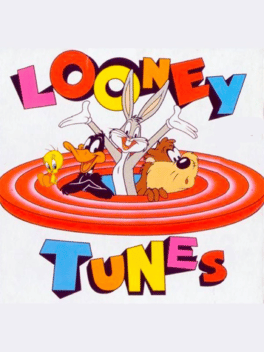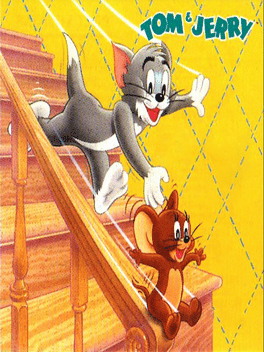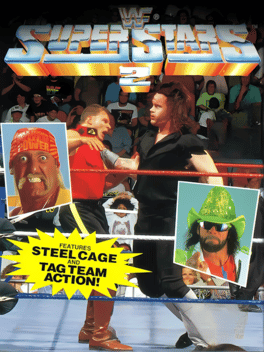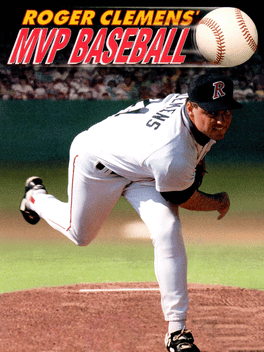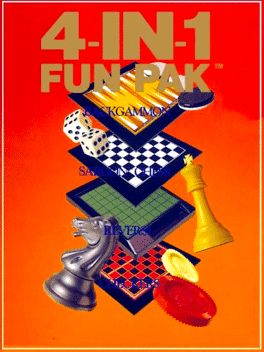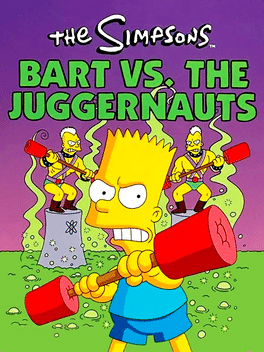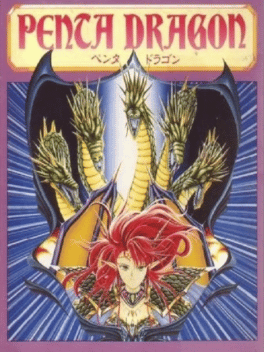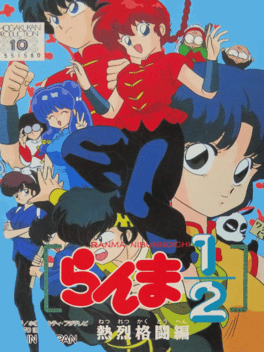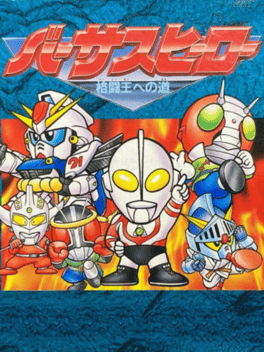New Gb Games - Page 36
-
Ninja Taro
1992
Ninja Taro
1992
High Adventure in the Far East It's the era of feudal war in Japan. One Shogun struggles to unite the provinces, but he needs help. His villainous arch-rival is rumored to be dead, but a merciless legion of anarcy continues to plague the countryside. If he is dead, then who could be leading th evil forces which prevent Japan from attaining peace and order? This chaos must be stopped! From the ranks of the Phantom sect to the Shogun's aid comes Ninja Taro. With the cunning of a thief, the skill of a master, and a legendary sword, he must venture forth to tame the minions of evil, and unravel the riddle that will unite the empire! -
3-Pun Yosou Umaban Club
1992
3-Fun Yosou Umaban Club is a horse racing betting game that was released exclusively in Japan. The player takes turns betting on horses to see who will win each race. -
Aretha III
1992
Aretha III
1992
Aretha III is a top-down fantasy RPG and the third game in the Aretha trilogy, developed by Japan Art Media and published by Yanoman. It was only released in Japan. -
Xenon 2: Megablast
1992
-
Miner 2049er
1992
-
Spy vs. Spy: Operation - Booby Trap
1992
star 7Players take on the role of a spy in white (or black), and go on a mission to go to four different locations and collect 4 items: a CD, passport, key and a sum of cash (and a brief-case to contain these things). But there's a snatch, another spy is also on the same mission. Players have to sweep him out of their way and collect the items before he does! -
Barbie: Game Girl
1992
Barbie: Game Girl
1992
star 5.7Unlike most Barbie games, this game is a standard platform game rather than a simulation of the life of a female fashion model. Barbie must find an outfit for her date with Ken. The environment features a shopping mall level, an underwater level, and other worlds to explore. The game is also centered around collecting gems and pearls to fend off opponents. Enemies in the game include the usual sharks found in underwater levels in addition to jellyfish. Moving cubes of sugar must also be defeated in the game. The bonus rounds of the game are essentially a Concentration-type game where matching identical cards lead to extra points for the player. -
Looney Tunes
1992
Looney Tunes
1992
star 6.6This side-scrolling game allows the player to control different Looney Tunes characters and their different abilities to advance through the levels, seven in all. The player can use Daffy Duck (throwing a frisbee to defeat enemies with Mario-style gameplay), Tweety Bird (elude Sylvester throughout the level), Porky Pig (control a bi-plane to shoot down enemies), Taz (really only a bonus game in which he has to collect as many steaks as possible in 60 seconds), Speedy Gonzalez (elude ghosts and ghouls in a haunted mansion), Roadrunner (of course running from his arch enemy, Wile E. Coyote) and finally Bugs Bunny (gameplay similar to Daffy). -
Tom & Jerry
1992
Tom & Jerry
1992
star 5.7Tom has mouse-napped Jerry's nephew Tuffy and locked him in a trunk in the attic. You and your furry little buddy Jerry must dash, jump, and climb from the basement up through every level of the house to rescue him in time. Jerry's main defense is his unlimited supply of marbles. Pick up other items such as bubble gum, meat cleaver, cups of water, moth balls, hammer, invisible ink and drill to overcome the enemies and obstacles in your way. Make sure you outwit Tom whenever he appears. -
WWF Superstars 2
1992
WWF Superstars 2
1992
star 6.9Crunching clotheslines, devastating dropkicks, backbreaking body slams steps through the ropes for all-new WWF action. Match your skills against 6 of the toughest WWF Superstars- in the air, in the ring or inside the steel cage! Use Game Link to lack up with a friend for the ultimate WWF wrestling challenge. -
WordZap
1992
-
Dig Dug
1992
Dig Dug
1992
Dig Dug is a 1-2 player arcade game in which you have to use your shovel to dig your way through the earth. Stopping you from doing this are two monsters, called Pooka and Fygar, who will continually chase you around. The only weapon that you carry is an air pump, which you can use to inflate the monsters to the point where they explode. (if you start to inflate them but stop doing so, the monsters will get turned back to their normal selves). Furthermore, rocks are scattered throughout the earth, and you can use these rocks to squash them. If the monsters do not find you for several seconds, they will eventually get turned into ghosts, which can walk through the earth. They are invincible and cannot be killed. From time to time, vegetables will appear in the center, and you can get these for points. -
4-in-1 Fun Pak
1992
4-in-1 Fun Pak
1992
star 5.84-in-1 Fun Pak is a compilation of board games that includes four different classic board games: chess, reversi, checkers, and backgammon. -
The Simpsons: Bart vs. The Juggernauts
1992
star 5.9The Simpsons: Bart vs. The Juggernauts is both a Simpsons game and a parody of the "American Gladiators" style TV shows that were popular in the early 90's. Gameplay is basically series of mini-games that vaguely mimic other sports such as skateboarding, wrestling, and basketball. -
Penta Dragon
1992
Penta Dragon
1992
Penta Dragon is a shooter developed by Japan Art Media and published by Yanoman Corporation for the Game Boy platform. Players take control of Sara, the mythical snake child. Sara is the child of a human and a dragon. When Sara was born she was given one of her mothers magical eyes, but the time has now come for her to set out and recover the other one. -
Ranma ½: Netsuretsu Kakutou-hen
1992
A cure?! Ranma recieved a letter and seeks the truth! Interact with the townspeople, and fight for your survival! Immerse yourself in a day in Ranma's life. -
Versus Hero: Kakutou-ou he no Michi
1992
Early crossover fighting game for Game Boy, with characters from Kamen Rider, Ultraman, and Gundam franchises.

